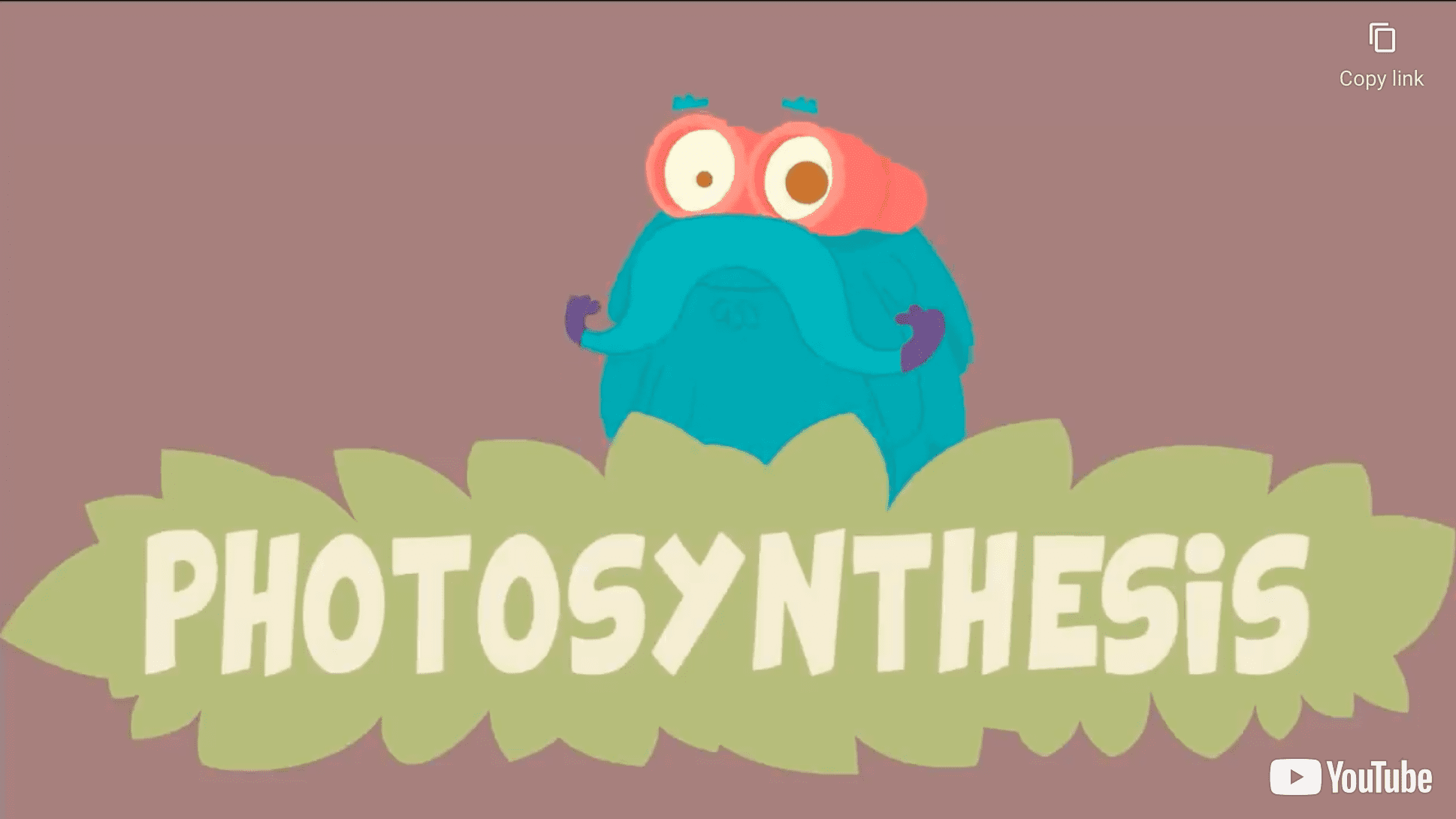Target Group: 4nd Grade, Social Studies
Context of Lesson: Students have been learning about different states and their history, travel destinations, and unique attributes. The students have learned about the other states and now are beginning their last state lesson on Hawai’i, since it is the 50th and last state to join the United States. The target date for this lesson is May 1st, because May Day is a tradition that is very popular on the islands of Hawai’i, which takes place on May 1st. The teacher will introduce the lesson to the class and explain that over the course of the last few weeks, we have been learning about the various states within the country and today is the last lesson! The class will begin with a short video explaining different facts about Hawaii.
After the video, the teacher will explain that today is a great day to explore Hawai’i, as it is May Day which is celebrated on the islands of Hawai’i with beautiful parades, hula, and lei giving/making. The class will go through the Google Maps as a whole group and explore five different locations around the Island of O’ahu. The teacher will begin at the first location and go through the map to show the students all the locations, pictures, and brief history of the location marks.
After exploring the map as a whole group, the teacher will allow students to go on their own devices to further explore the different islands through books and MyMaps and make a poster of facts about Hawai’i. Student posters can include facts, maps, etc. Students will have 30 minutes to create their posters and then can present their findings to a small group.
Goal for the Lesson: Students have been researching different states and their history over the course of the last few weeks. After this lesson, students will complete their unit regarding the different states because Hawaii is the last state that they are exploring. After this specific lesson, students will have a greater idea of the state of Hawai’i’s history, facts, and traditions. The video, map, and poster will allow students to see, explore, and apply their knowledge of the 50th state.










